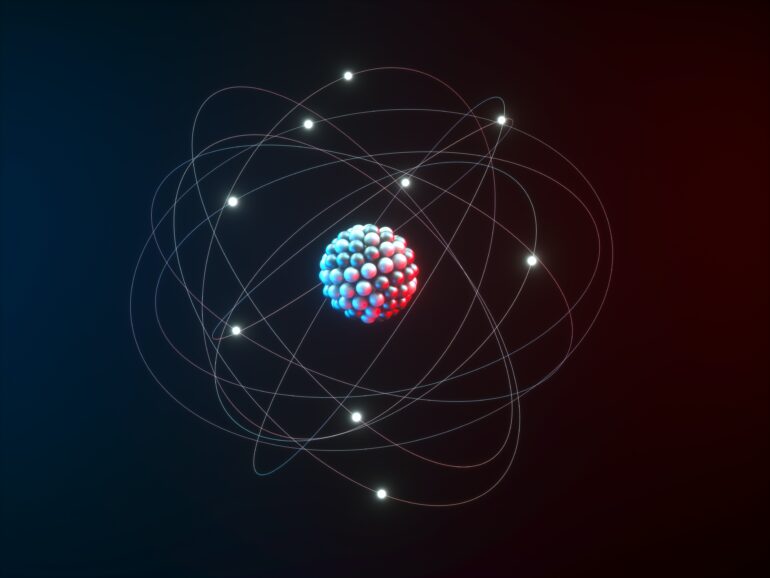Nobel laureate Otto Hahn is credited with the discovery of nuclear fission. Fission is one of the most important discoveries of the 20th century, yet Hahn considered something else to be his best scientific work.
In 1921, he was studying radioactivity at the Kaiser Wilhelm Institute for Chemistry in Berlin, Germany, when he noticed something he could not explain. One of the elements he was working with wasn’t behaving as it should have. Hahn had unknowingly discovered the first nuclear isomer, an atomic nucleus whose protons and neutrons are arranged differently from the common form of the element, causing it to have unusual properties. It took another 15 years of discoveries in nuclear physics to be able to explain Hahn’s observations.
We are two professors of nuclear physics who study rare nuclei including nuclear isomers.
The most common place to find isomers is inside stars, where they play a role in the nuclear reactions that create new elements. In recent years, researchers have begun to explore how isomers can be put to use for the benefit of humanity. They are already used in medicine and could one day offer powerful options for energy storage in the form of nuclear batteries.
This video shows radioactive uranium-238 in a chamber full of mist. The streaks are created as particles are emitted from the radioactive sample and pass through water vapor.
On the hunt for radioactive isotopes
In the early 1900s, scientists were on the hunt for new radioactive elements. An element is considered radioactive if it spontaneously releases particles in a process called radioactive decay. When this happens, the element is transformed over time into a different element.
At that time, scientists relied on three criteria to discover and describe a new radioactive element. One was to look at chemical properties – how the new element reacts with other substances. They also measured the type and energy of the particles released during the radioactive decay. Finally, they would measure how fast an element decayed. Decay speeds are described using the term half-life, which is the amount of time it takes for half of the initial radioactive element to decay into something else.
By the 1920s, physicists had discovered some radioactive substances with identical chemical properties but different half-lives. These are called isotopes. Isotopes are different versions of the same element that have the same number of protons in their nucleus, but different numbers of neutrons.
Uranium is a radioactive element with many isotopes, two of which occur naturally on Earth. These natural uranium isotopes decay into the element thorium, which in turn decays into protactinium, and each has its own isotopes. Hahn and his colleague Lise Meitner were the first to discover and identify many different isotopes originating from the decay of the element uranium.
All the isotopes they studied…


